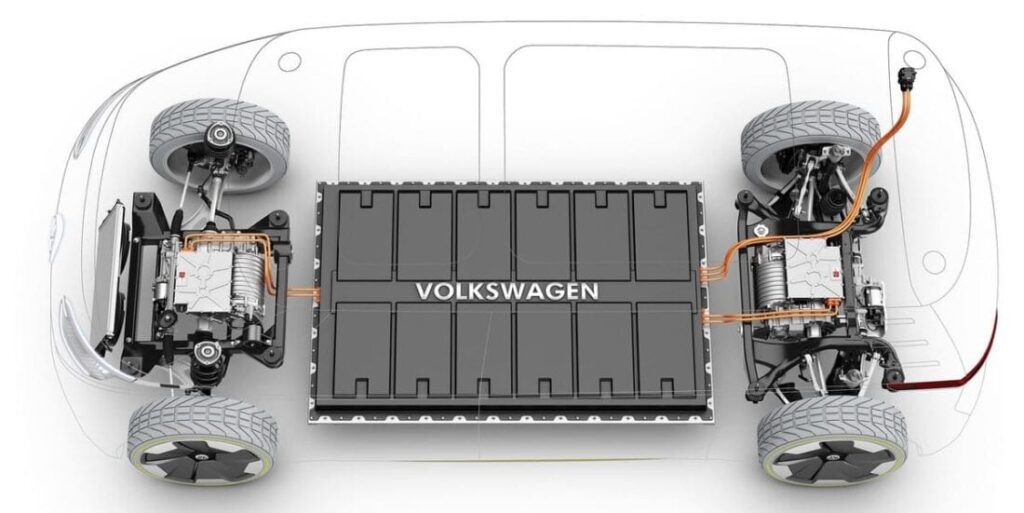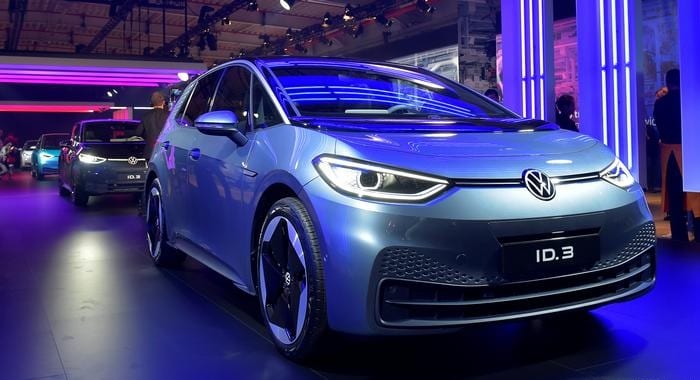
Electric cars: 8 questions and answers about lithium
Content
Electric vehicles are slowly entering our daily lives, and the autonomy provided by their batteries remains the main criterion that will lead to their widespread use. And if until now we have heard - in chronological order - about the Seven Sisters, OPEC, oil producing countries and state oil companies, now lithium is slowly entering our lives as a key component for modern battery technologies that guarantee greater autonomy.
Thus, along with oil production, lithium is being added, a natural element, a raw material, which in the coming years will occupy a leading position in the production of batteries. Let's figure out what lithium is and what we should know about it?
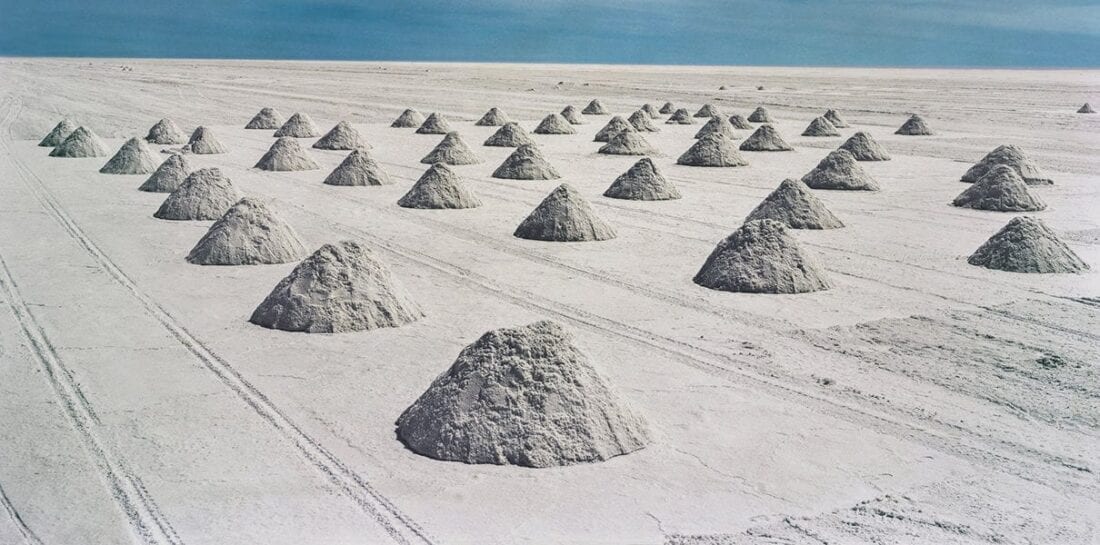
How much lithium does the world need?
Lithium is an alkali metal with a rapidly growing global market. Between 2008 and 2018 alone, annual production in the largest producing countries increased from 25 to 400 tons. An important factor in the increased demand is its use in electric vehicle batteries.
Lithium has been used for years in laptop and mobile phone batteries, as well as in the glass and ceramic industries.
In which countries is lithium mined?
Chile has the world's largest lithium reserves, at 8 million tons, ahead of Australia (2,7 million tons), Argentina (2 million tons) and China (1 million tons). The total reserves in the world are estimated at 14 million tons. This corresponds to 165 times the production in 2018.
In 2018 Australia was by far the top lithium supplier (51 tonnes), ahead of Chile (000 tonnes), China (16 tonnes) and Argentina (000 tonnes). This is shown in data from the United States Geological Survey (USGS).
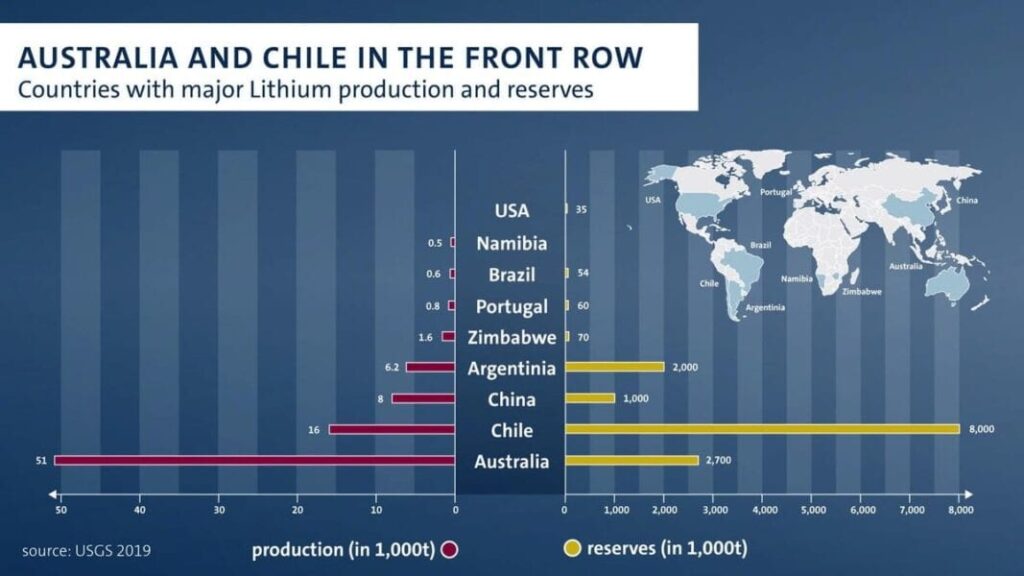
Australian lithium comes from the mining industry, while in Chile and Argentina it comes from salt flats, called salars in English. The most famous of these deserts is the famous Atacama. The extraction of raw materials from deserts occurs as follows: salt water from underground lakes containing lithium is brought to the surface and evaporates in large cavities (salts). In the remaining salt solution, processing is carried out in several stages until the lithium is suitable for use in batteries.
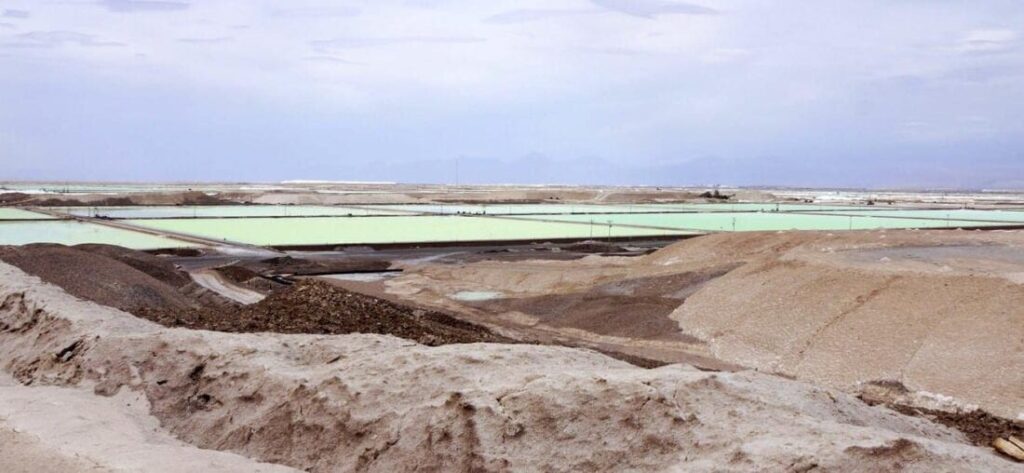
How Volkswagen produces lithium
Volkswagen AG signed Volkswagen's long-term lithium agreements with Ganfeng, which are strategically critical to realizing an electric future. The joint Memorandum of Understanding with the Chinese lithium manufacturer ensures the security of supply for the key technology of the future and makes a decisive contribution to the realization of Volkswagen's ambitious goal of launching 22 million electric vehicles worldwide by 2028.
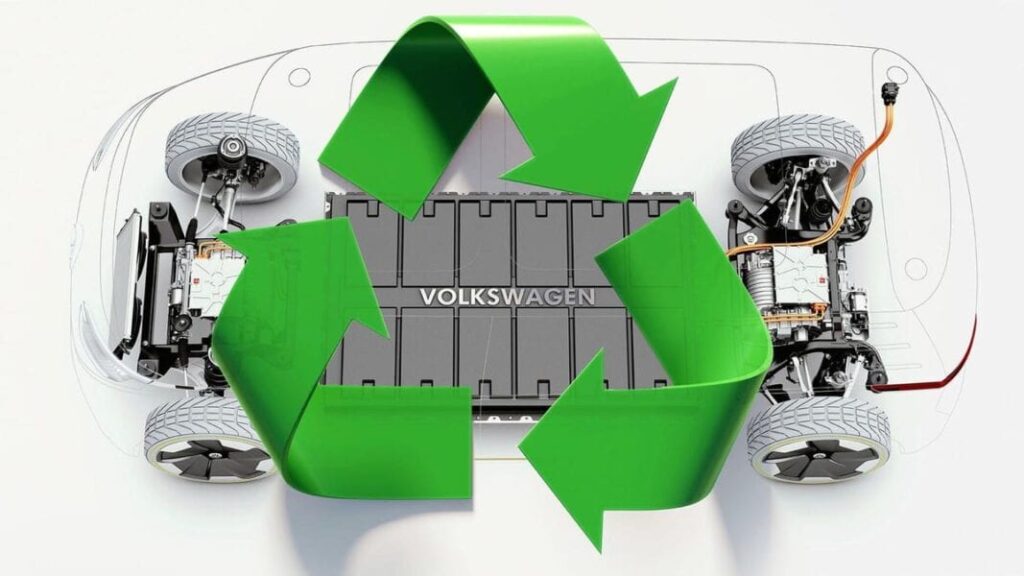
What are the long-term prospects for lithium demand?
Volkswagen is actively focusing on electric vehicles. Over the next ten years, the company plans to release nearly 70 new electric models - up from the 50 previously planned. The number of electric vehicles produced in the next decade will also increase from 15 million to 22 million.
“Raw materials remain important in the long run,” said Nobel laureate Stanley Whittingham, who is believed to have laid the scientific foundation for batteries in use today.
“The material of choice for long life batteries will be lithium for the next 10 to 20 years,” he continues.
Ultimately, most of the raw materials used will be recycled - reducing the need for "new" lithium. It is expected that by 2030 lithium will be used not only in the automotive industry.
